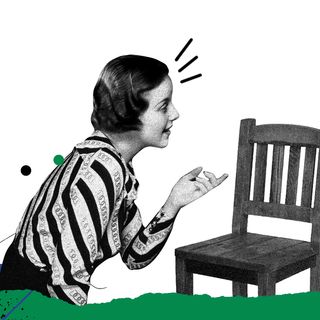India’s genetic diversity is linked closely to the linguistic history of its population, suggesting that people who speak the same language are more likely to have similar DNA.
The finding challenges an established understanding of genetic diversity. Historically, genetic studies have focused on white populations, leading to the understanding that geography is the biggest driver behind genetic diversity; people who live within the same region are more likely to have similar genomes, while people living in different regions have evolved differences in DNA.
But in India, shared language and social structures — caste or community — are the most powerful forces in determining how genomes have evolved. In essence, people who speak the same, or a similar, language were found to be genetically more similar — even if they lived far apart geographically.
“Our genome carries the signature of our ancestors, and the genetic structure of modern populations has been shaped by the forces of evolution. What we are looking for is what led different groups of people to come together and what drove them apart,” Peristera Paschou, a population geneticist and associate professor of biological sciences at Purdue University who co-authored the study, said in a statement.
The present study has provided scientists with important insights into how various groups of people in India have commingled. The strict endogamy imposed by the Indian caste system, among other things, may offer a possible explanation for these findings, the authors note.
Related on The Swaddle:
Most Genetic Studies Use Only White Subjects, Leading to Limited Health Care Options for People of Color
“This is the first model that can take into account social, cultural, environmental, and linguistic factors that shape the gene flow of populations. It helps us to understand what factors contribute to the genetic puzzle that is India. It disentangles the puzzle,” Aritra Bose, who specializes in computational genomics at the IBM Research Center in the U.S. and was involved in the study, told the media, adding: “I grew up [in India], I have an understanding of the castes and the languages, and the intricacies of the society that can affect genetics.”
Published in Oxford’s Molecular Biology and Evolution, the study attempted to evaluate how factors like geography, language, culture, and social stratification interacted to shape patterns of genetic diversity in India. In order to do that, the researchers studied a dataset of 891 individuals from 90 well-defined groups in India.
In addition, to compare the genetic composition of the Indian population to the global population, the researchers also analyzed the Indian dataset, against that of 1,323 individuals from 50 Eurasian populations. The results suggest that speakers of Indo-European and Dravidian languages share genetic similarities with native speakers of European languages, while the DNA of speakers of Tibeto-Burman languages are more similar to native speakers of East Asian languages.
Experts note that these insights into the genetic diversity in India could pave the path for better understanding of the population’s genetic risks, including susceptibility to diseases.




